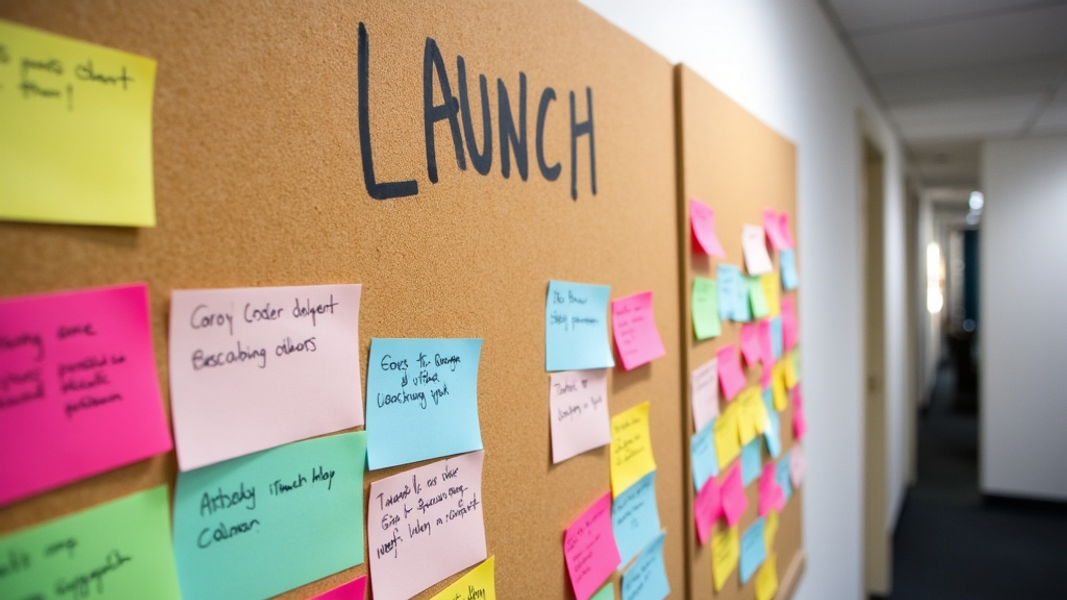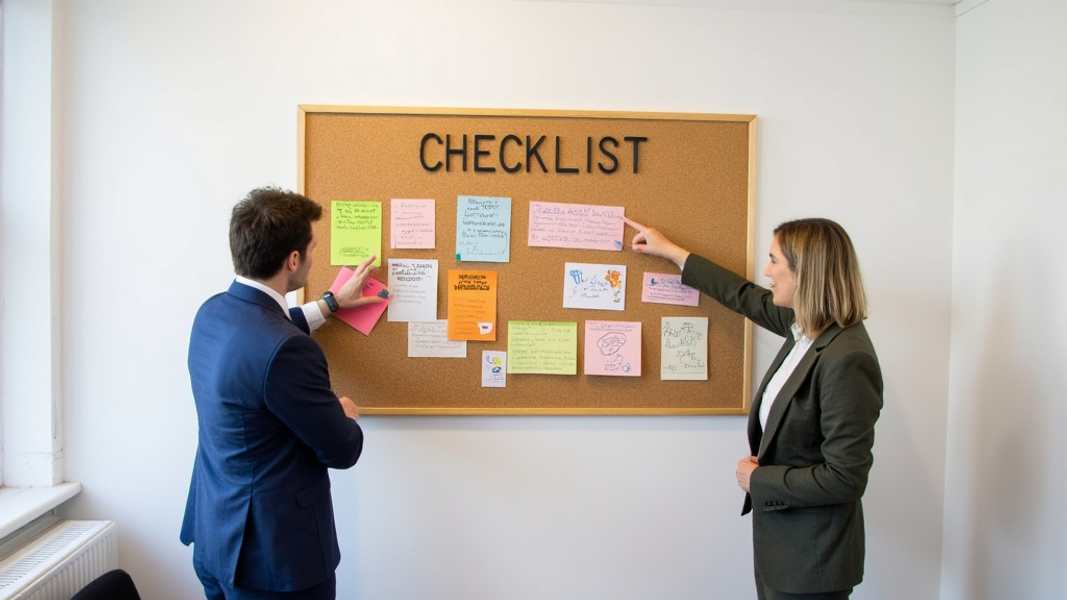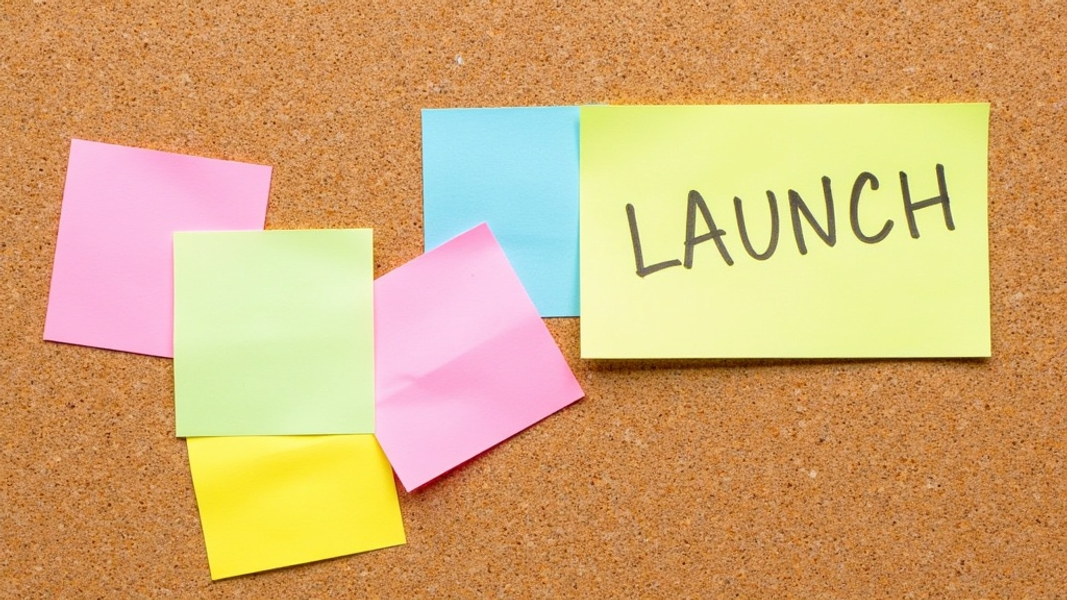
Launching a SaaS product is a make-or-break moment for many companies. A well-planned launch can set the stage for long-term success, while a poorly executed one can doom even the most promising products. This comprehensive SaaS launch checklist will guide you through every critical step, helping you avoid common pitfalls and maximize your chances of success.
Why You Need a SaaS Launch Checklist
A SaaS launch checklist is a roadmap that outlines all the essential tasks and milestones needed to successfully introduce your product to the market. It's a crucial tool that helps you:
1. Stay Organized
Launching a SaaS product involves many moving parts. A checklist keeps everything in order, ensuring no important tasks slip through the cracks.
2. Align Your Team
With a clear checklist, everyone on your team knows their responsibilities and how their work fits into the bigger picture.
3. Measure Progress
A checklist allows you to track your progress and identify potential bottlenecks before they become major issues.
4. Reduce Stress
By breaking down the launch process into manageable steps, a checklist can help reduce the stress and anxiety often associated with product launches.
Pre-Launch Phase: Laying the Groundwork
The pre-launch phase is all about preparation. This is where you validate your idea, develop your product, and build your launch team.
1. Market Research and Validation
Before investing significant time and resources into your SaaS product, it's crucial to validate your idea. Start by conducting thorough market research:
- Identify your target audience and their pain points
- Analyze your competitors and their offerings
- Gather feedback from potential customers through surveys or interviews
Use tools like Google Trends to gauge interest in your product category and SurveyMonkey to create and distribute surveys.
2. Product Development
With your idea validated, it's time to focus on product development:
- Define your minimum viable product (MVP)
- Create a development timeline with clear milestones
- Set up a system for tracking bugs and feature requests
Consider using project management tools like Jira or Trello to keep your development process organized.
3. Building the Launch Team
A successful launch requires a strong, cross-functional team. Assemble key members from various departments:
- Product team: To oversee development and iterations
- Marketing team: To create and execute the launch strategy
- Sales team: To prepare for customer acquisition
- Customer support team: To handle user questions and issues
Clearly define roles and responsibilities for each team member to ensure smooth collaboration.

Launch Preparation: Setting the Stage
With your foundation in place, it's time to prepare for the actual launch. This phase focuses on marketing, sales readiness, customer support, and pricing.
1. Marketing Strategy
Your marketing strategy is crucial for generating buzz and attracting potential customers. Key elements include:
- Developing clear messaging and positioning
- Creating a content marketing plan (blog posts, whitepapers, case studies)
- Planning social media campaigns
- Preparing email marketing sequences
Use tools like HubSpot or Mailchimp to manage your marketing efforts effectively.
2. Sales Readiness
Prepare your sales team for success:
- Create sales collateral (pitch decks, product sheets)
- Develop sales scripts and email templates
- Train your team on product features and benefits
- Set up a customer relationship management (CRM) system
Consider using Salesforce or HubSpot CRM to manage your sales process.
3. Customer Support Setup
A smooth customer support process is essential for user satisfaction:
- Establish support channels (email, chat, phone)
- Create a knowledge base and FAQ section
- Set up a ticketing system for managing support requests
Tools like Zendesk or Intercom can help streamline your customer support operations.
4. Pricing and Packaging
Finalizing your pricing strategy is a critical step:
- Research competitor pricing
- Consider different pricing models (per-user, tiered, usage-based)
- Set up billing and payment systems
Use platforms like Stripe or Chargebee to handle your billing and subscriptions.
Launch Execution: The Big Day
The launch day is when all your preparation pays off. Here's what to focus on:
1. Website and Product Readiness
Ensure your website and product are fully prepared:
- Optimize your website for conversions
- Conduct final product testing and fix any remaining bugs
- Set up analytics tools to track user behavior
Use tools like Google Analytics and Hotjar to monitor website performance and user interactions.
2. Launch Day Activities
Coordinate your launch activities across all channels:
- Send out press releases and launch announcements
- Activate your social media campaigns
- Monitor your systems for any issues
- Engage with users on social media and forums
Consider using a social media management tool like Hootsuite to coordinate your social media efforts.
3. Initial Customer Onboarding
Focus on providing a smooth onboarding experience for your early adopters:
- Implement a user-friendly onboarding process
- Offer personalized onboarding sessions for key customers
- Gather initial feedback and testimonials
Tools like Userpilot can help create interactive onboarding experiences.

Post-Launch Phase: Measuring and Improving
The work doesn't stop after the launch. The post-launch phase is about measuring your success and continuously improving your product.
1. Measuring Success
Track key performance indicators (KPIs) to gauge the success of your launch:
- User acquisition rate
- Activation rate
- Retention rate
- Customer Lifetime Value (CLV)
- Churn rate
Use analytics tools like Mixpanel or Amplitude to track these metrics.
2. Iterating and Improving
Use the data and feedback you've gathered to improve your product:
- Collect and prioritize user feedback
- Plan for product updates and enhancements
- Continuously optimize your onboarding process
Remember, launching is just the beginning. The most successful SaaS products are those that continuously evolve based on user needs and market trends.
Case Study: Slack's Successful Launch
Slack, the popular team communication platform, is a great example of a successful SaaS launch. They focused on creating a product that solved a real problem, invested heavily in user experience, and leveraged word-of-mouth marketing. By prioritizing user feedback and continuously improving their product, Slack grew from 15,000 daily active users at launch to over 10 million in just a few years.
Frequently Asked Questions
How long should the pre-launch phase last?
The length of the pre-launch phase can vary depending on the complexity of your product and the size of your team. Generally, it can range from a few months to a year. The key is to ensure you've thoroughly validated your idea and prepared all necessary elements before launch.
What if my launch doesn't go as planned?
It's normal for launches to have some hiccups. The important thing is to stay calm, address issues quickly, and communicate transparently with your users. Use any setbacks as learning opportunities to improve your product and processes.
How often should I update my product after launch?
The frequency of updates depends on your product and user feedback. Many successful SaaS companies release minor updates weekly or bi-weekly, with larger feature releases every few months. The key is to balance quick improvements with maintaining stability for your users.
Launching a SaaS product is a complex process, but with careful planning and execution, you can set your product up for success. Use this checklist as your guide, adapt it to your specific needs, and remember that launching is just the beginning of your SaaS journey. Keep listening to your users, iterating on your product, and staying adaptable in the fast-paced SaaS landscape.
